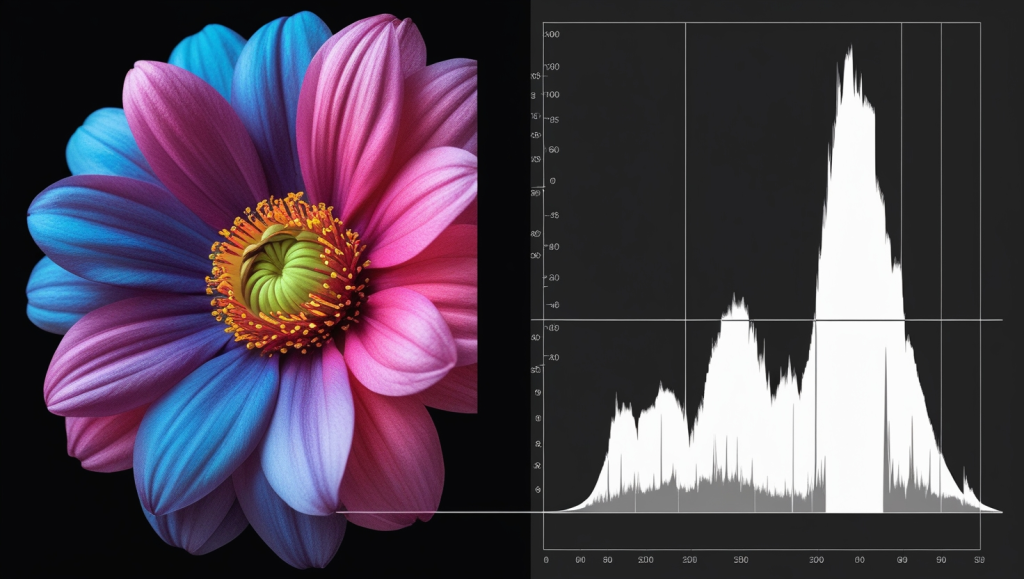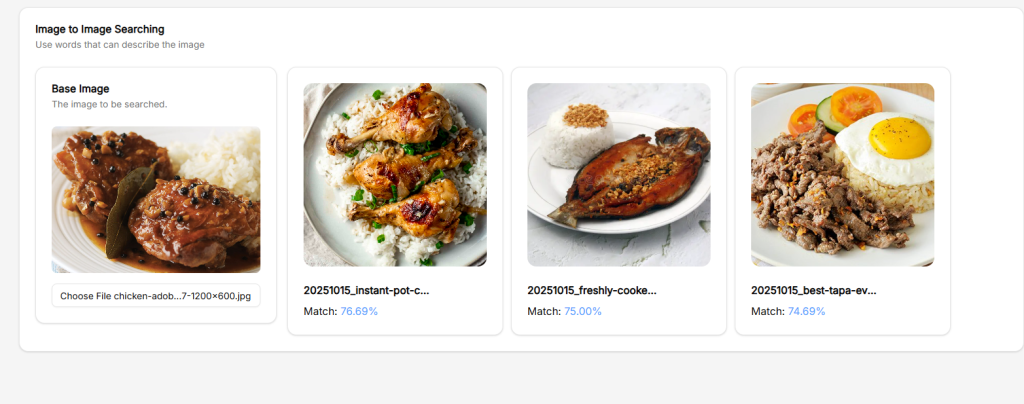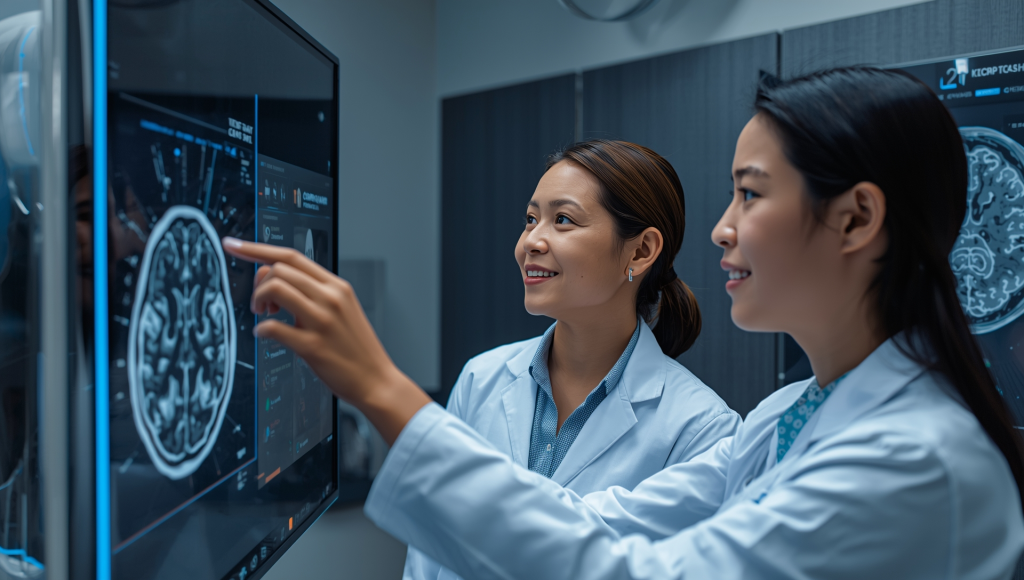Artificial Intelligence (AI) is redefining how businesses find, organize, and use visual content. What began as simple color and shape matching has evolved into intelligent image search systems that understand the meaning behind images. Today, companies can search massive image libraries—or even the entire web—by simply uploading a photo or typing a brief description.
This transformation is driving real business value. In e-commerce, AI-powered image search helps shoppers find products visually instead of relying on keywords. In healthcare, it assists doctors in comparing medical scans for quicker, more accurate diagnoses. In media and marketing, it enables creative teams to manage vast digital assets with ease.
By combining deep learning, computer vision, and language models, modern image search systems can now “see” and “understand” visuals much like humans do. For organizations, this means faster discovery, smarter recommendations, and more efficient decision-making—all powered by AI.
From Color Matching to Understanding Images
In the 1990s, image search systems could only compare basic visual details—such as color or texture—to identify similar images. Early methods like color histograms worked for basic filtering, but they couldn’t capture what was actually shown in an image. Two photos could have similar colors but entirely different subjects.

To improve results, researchers developed feature-based techniques such as the Scale-Invariant Feature Transform (SIFT). These methods allowed computers to detect patterns—like edges or corners—regardless of scale or lighting. Later, the Bag-of-Visual-Words (BoVW) model grouped image features into “visual vocabularies,” letting systems represent images as numerical summaries that could be compared efficiently.
While these innovations improved precision, they still lacked real understanding. They could measure visual similarity but not recognize what an image depicted or why it was relevant to a user’s intent.
Deep Learning: The Turning Point for AI Image Search
The breakthrough came in 2012 with deep learning, a branch of AI that enables computers to learn directly from data. When the model AlexNet dramatically outperformed earlier techniques in the ImageNet competition, it marked the start of a new era in computer vision.
Convolutional Neural Networks (CNNs) such as ResNet and EfficientNet learned to extract complex, meaningful patterns from images—like identifying objects, people, or even emotions—without human-designed rules. Instead of comparing raw pixels, systems could now represent each image as a vector, or embedding, that captured its overall meaning.
This made it possible to search by image concept rather than appearance. A photo of a “red sports car” could retrieve other sports cars, even if they differed in angle or color. Businesses began adopting these models to power recommendation engines, visual product searches, and automated tagging systems.
Today, Vision Transformers (ViT) and self-supervised models like DINO go even further. These models learn by analyzing patterns within the images themselves, without needing large labeled datasets. This has made it easier for organizations to deploy image search systems using their own archives, without requiring extensive manual data preparation.
Bridging Vision and Language with CLIP
The next major step was bridging visual understanding with natural language. CLIP (Contrastive Language–Image Pre-training), developed by OpenAI, was designed to connect images and text through shared meaning.
CLIP was trained on hundreds of millions of image–caption pairs from the internet. It learns to represent both images and text as vectors within the same space—so that an image of a “golden retriever” and the phrase “golden retriever dog” are mathematically close.
This approach enables text-to-image search, where users can simply type a phrase like “modern wooden dining table” or “sunset over a mountain,” and the system retrieves matching visuals—even if those images were never manually tagged.
For businesses, this feature unlocks new possibilities:
- E-commerce platforms can offer natural-language product searches.
- Media teams can find assets using descriptive phrases instead of filenames.
- Knowledge systems can connect written and visual information for better discovery.
CLIP and similar multimodal models are now being enhanced with diffusion models, which not only generate realistic images but can also refine search results or modify them based on textual prompts—like finding “the same image but in blue.”
How AI Image Search Works

At the core of these modern systems is vector similarity search. Here’s how it works:
Specialized tools like FAISS and Milvus efficiently handle this type of search, even across millions of images. By combining these vector databases with AI models, businesses can achieve lightning-fast, meaning-based image retrieval at scale.
How Businesses Are Using AI Image Search
E-commerce and Retail
Shoppers no longer need to know the exact keywords for a product. With visual search, they can upload a photo of a desired item—like a pair of shoes or a piece of furniture—and instantly find similar products. Retailers use AI-based search to improve product discovery, suggest related items, and increase conversion rates.
Healthcare
AI image retrieval helps doctors and medical researchers identify patterns in diagnostic images such as X-rays or MRIs. By comparing a new scan to past cases, systems can assist in identifying potential conditions faster and more accurately, improving both diagnosis and training outcomes.

Security and Public Safety
In surveillance and investigation, AI-powered visual search is used to match people or objects across camera networks. A single frame from a video can be used to locate similar appearances elsewhere. Some systems even process text queries like “person wearing red jacket and hat,” enhancing search flexibility.
Media and Creative Industries
Media companies and marketing teams manage huge collections of photos and videos. AI-powered search allows users to find visuals with natural phrases like “team meeting in an office” or “sunset by the beach,” eliminating the need for manual tagging and streamlining creative workflows.
Empowering Businesses Through AI Image Search
AI is transforming image search from a technical feature into a strategic business advantage. By enabling computers to recognize and interpret the meaning of images, organizations can now find, recommend, and organize visual content faster and more intelligently than ever before.
For forward-looking enterprises, adopting AI image search is more than keeping up with technology—it’s about gaining a competitive edge in how visual data is used and discovered.
With over two decades of experience in custom software development and knowledge services, EACOMM is now integrating AI-based image search into various platforms such as product catalogs, e-commerce websites, digital asset management systems, document management systems, and more. Contact us today to find out how AI image-to-image and text-to-image search functionality can benefit your organization.